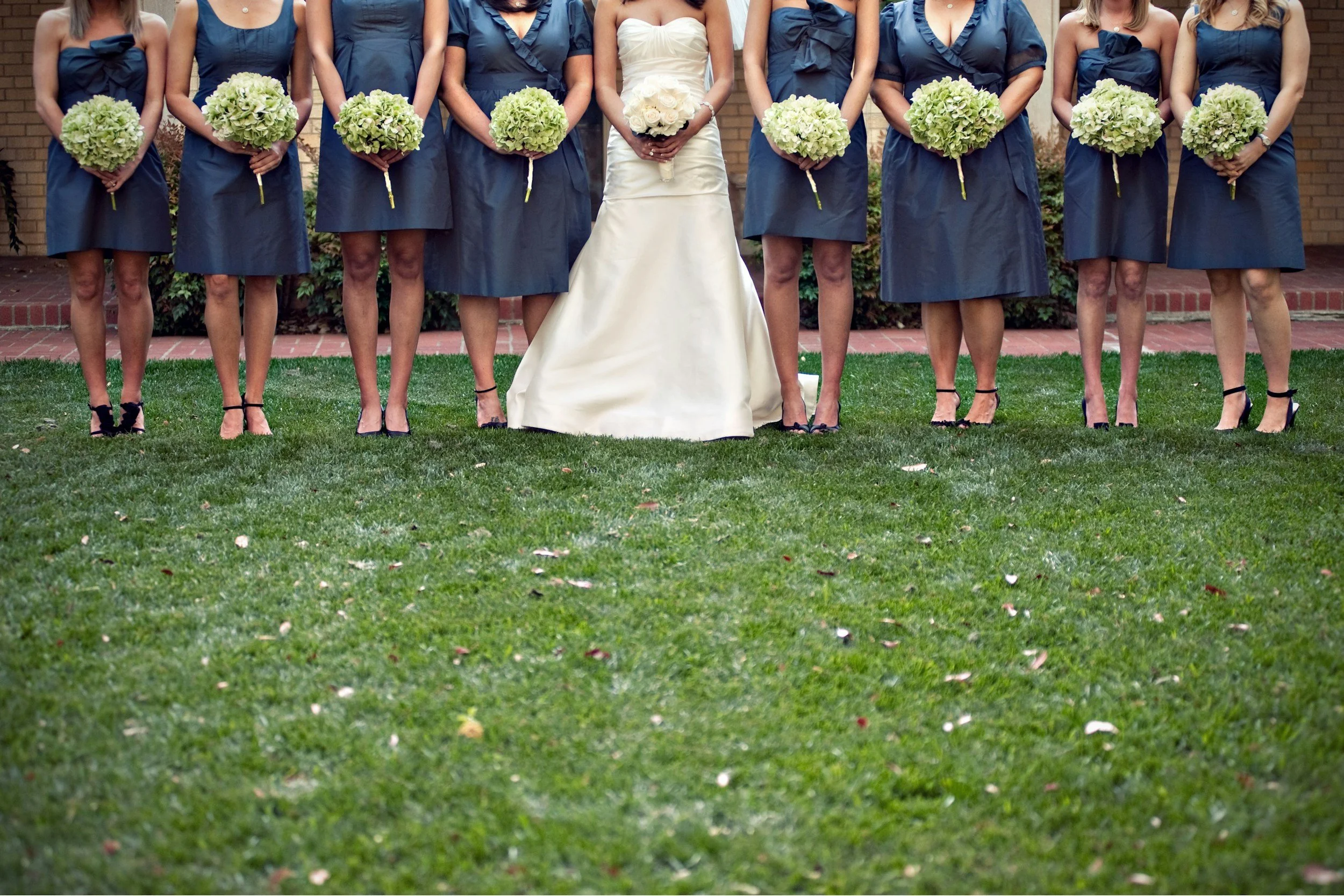What’s the Origin Story of Halloween? Why Do We Celebrate the Holiday?
Spooky season is officially upon us. With the scent of pumpkin spiced lattes gracing the air, shelves stacked with all manner of costumes, and buckets of sweets at every turn to appease trick-or-treaters, all the telltale signs are here.
It’s the holiday that, nowadays, seems to pay homage to America; it’s often a commercialised, over-the-top affair that gives a flavour of US life to those across the globe. With how the day has evolved over time, it’s origins have certainly become overshadowed by more recent customs that have transformed tradition into scary fun.
Whilst many will know that Halloween draws its namesake from All Hallow’s Eve - an event on the Christian calendar preceding All Saints Day - what is not common knowledge is that Halloween’s roots actually predate this. And like the villain in any good Halloween horror film, there is a story behind Halloween itself which is more greatly entrenched in spirituality than you may think.
Halloween is often associated with death, even if in a more abstract way. It’s a time where children and adults alike dress up as the undead, with vampires, ghosts and zombies all on the cards. Falling on October 31st, it is also close in the calendar to the Mexican Día De Los Muertos (Day of The Dead), a celebration of life and death that shares similar roots but is too regularly appropriated as a Mexican version of Halloween. This idea of death enshrouding the day is where we can begin to unravel the story.
Around 2,000 years ago, some 600 years before even the establishment of All Saints Day, the Celts roamed Britain. A group often associated with Paganism and Druidism, the Celts had a number of spiritual practices (some of which would now be recognised in modern day witchcraft). The turning of the seasons was particularly important. Marked by fire festivals, they were a chance to say let go of the old season and its harvest, whilst welcoming in the new.
One of these was named Samhain, meaning the Summer’s End. Celebrated between October 31st and November 1st, it was the reluctant release from summer, relishing in its final days and, more importantly, the crop that came with it. Whilst simultaneously preparing for the hardships of the winter that laid ahead. As it marked a descent into darker months of the year and death of the harvest, it was thought to be the time where the passages between life and death were most fluid, meaning that spirits, faeries and other forces could easily cross the now fragile barrier, and wreak havoc.
In addition to the celebratory nature of the day which has persisted over time, we can also trace back some customs of modern day Halloween to Samhain. To ward off any malevolence, bonfires were lit, disguises were worn to deter creatures that might wish to abduct individuals, and animals were even sacrificed. Samhain was so deeply ingrained in Celtic society that it was a mandatory event. Not taking part was thought to end with divine punishment.
As the years passed, Samhain was taken and moulded with the most notable change coming from Christianity with All Saint’s Day. This day of honour initially fell in May, until Pope Gregory II moved it to November 1st to then give Halloween its name. Activities such as apple bobbing, dressing up and trick-or-treating had been established by this point though not in their current form. Trick-or-treating, for example, was known as mumming and didn’t involve sweets. Rather, poverty-stricken people would pray for a wealthy household’s deceased relatives in exchange for soul cakes (spiced biscuits made for All Souls Day which followed All Saints Day).
It was in the 1600s that Halloween extended beyond Europe, being carried over by settlers to America and it took a long while for it to take the form that we celebrate today. At first, it was a way of those new to America continuing their customs from home. Gradually, it became more of a secular event and it was around 100 years ago that Halloween parties and parades began and the holiday was reborn into what we celebrate today.
Even amidst the pandemic, Halloween spending has grown, with BBC reporting that UK spending in recent years has been around the £500 million mark. It’s still a small contender against the likes of Christmas but, regardless, is evidence of the cultural importance of a day that is one of the oldest events we celebrate.
Whether you’re planning on carving pumpkins, going out for some spooky fun or binge watching horror movies this year, Halloween has something for everyone. After the past two years of tricks, let’s hope this one will be more of a treat.
Written by Yasmeen Frasso
Yasmeen is a Londoner working in digital marketing, trying to write in her free time. She studied Psychology at university with an interest in forensic and the psychology of religion. You'll usually find her with coffee in hand, pining over cute cat videos.









